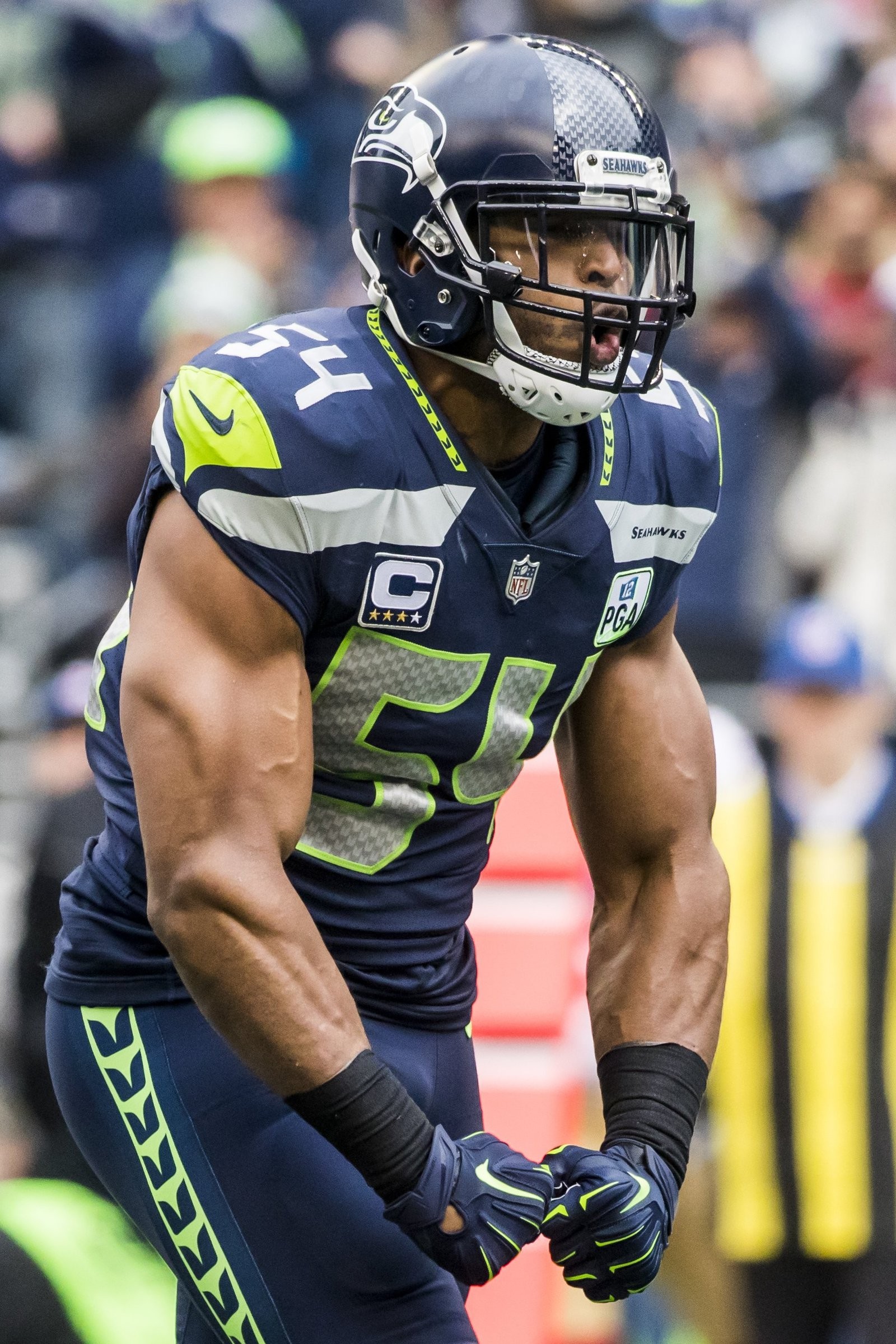

The bibliography lists numerous histories of Negro League baseball. For example, Armando Marsans, listed here with the Almendares team, played for Cincinnati starting in 1911. Some Cubans also played in the Major League regular season.

The names of players in the box scores indicate that games between American and Cuban teams were scheduled without regard to the race of the participants. (Library of Congress, General Collections.) New York: American Sports Publishing Co., 1911, p.

The most viable of the Negro Leagues began in 1920 - the Negro National League. Many blacks played baseball there in the winter as well as in Negro Leagues in the United States in the summer. In Cuba, Mexico, and other parts of Latin America, professional baseball was not segregated. The baseball establishment also frowned on interracial barnstorming and white players were eventually banned from wearing their major league uniforms in these games. The majority of owners and managers thwarted efforts like this. In 1901, John McGraw, manager of the Baltimore Orioles, attempted to get black second baseman Charlie Grant into the game by calling him a Cherokee named Tokohama. Some baseball owners and managers of major league teams tried to hire African Americans by describing the players as Hispanic or Native American. Library of Congress, Prints and Photographs Division. African-American baseball players of Morris Brown College, Atlanta, Georgia. However, during the early 1900s, blacks were not allowed to play on white professional teams in the United States. Some interracial games occurred when major league white teams played black teams in barnstorming (exhibition) games. Professional African-American teams and short-lived "negro leagues" formed in the late 1800s.


 0 kommentar(er)
0 kommentar(er)
